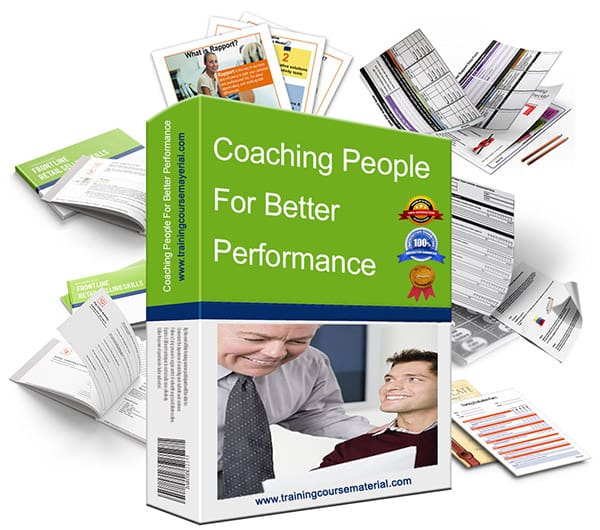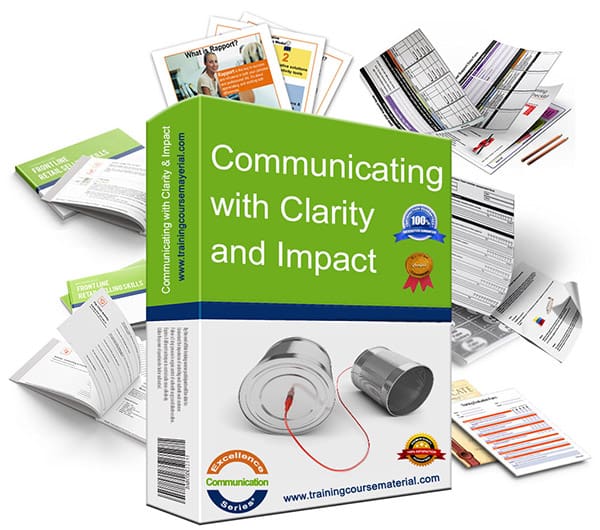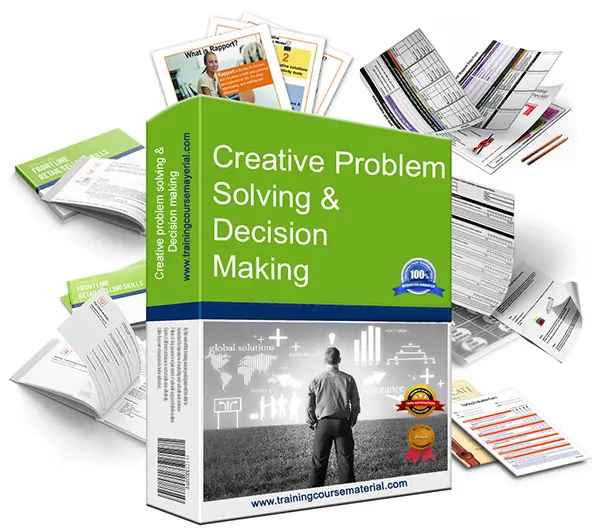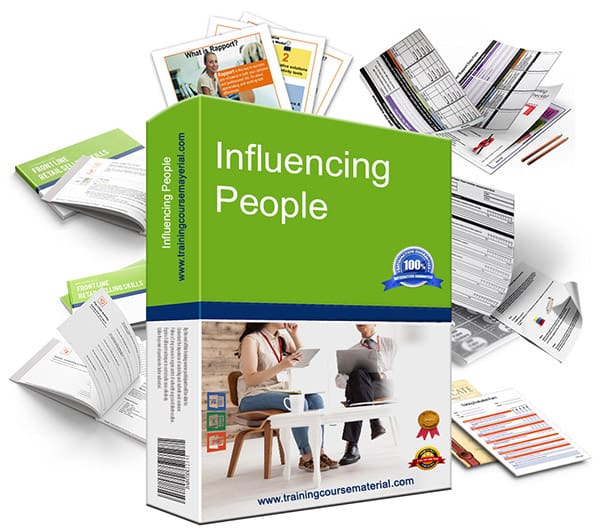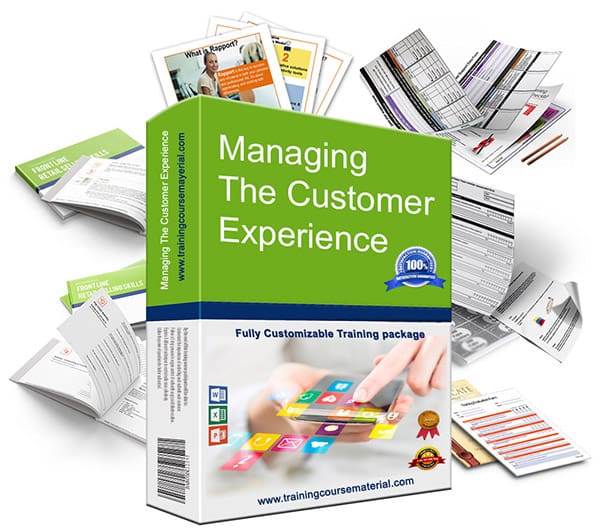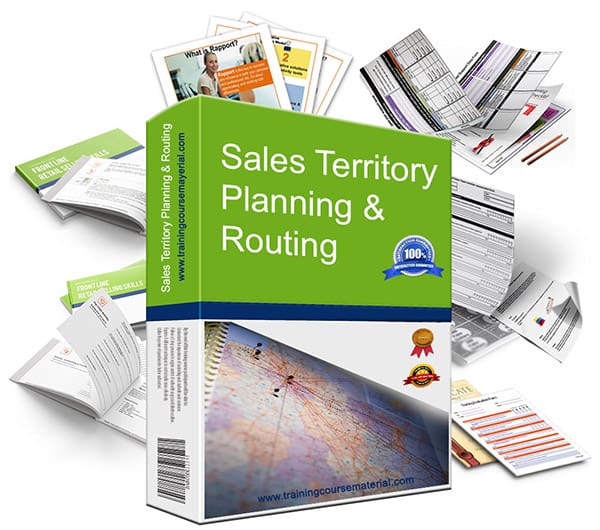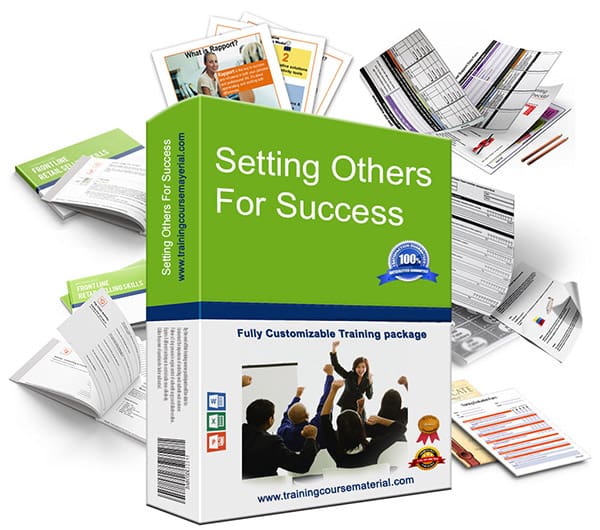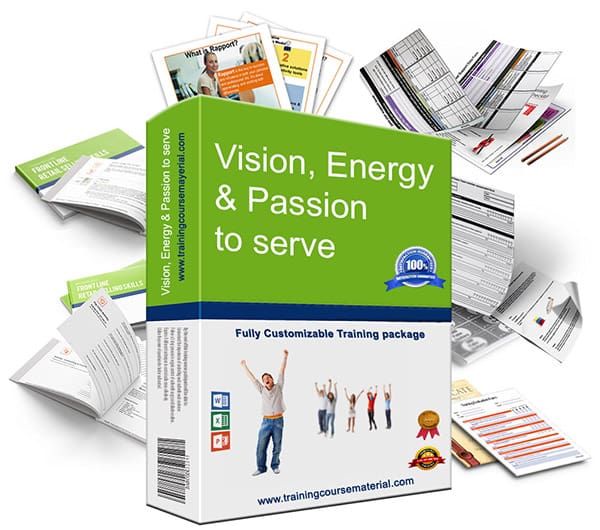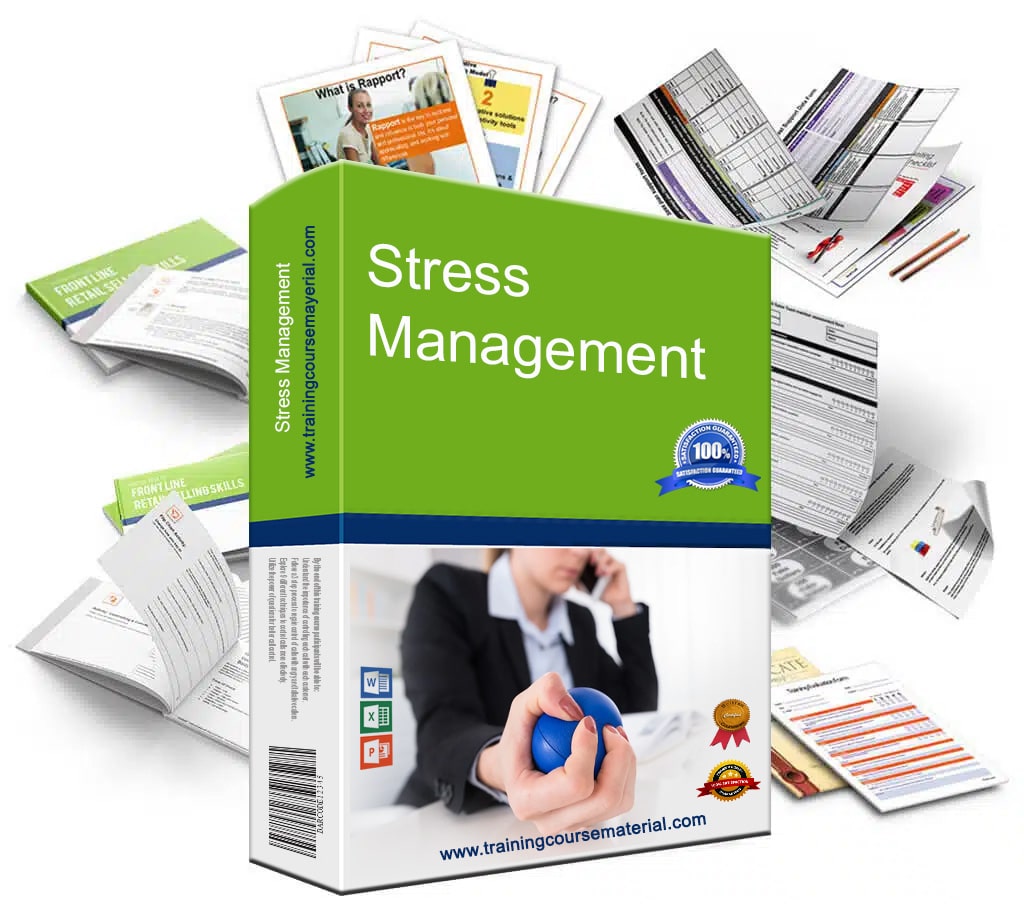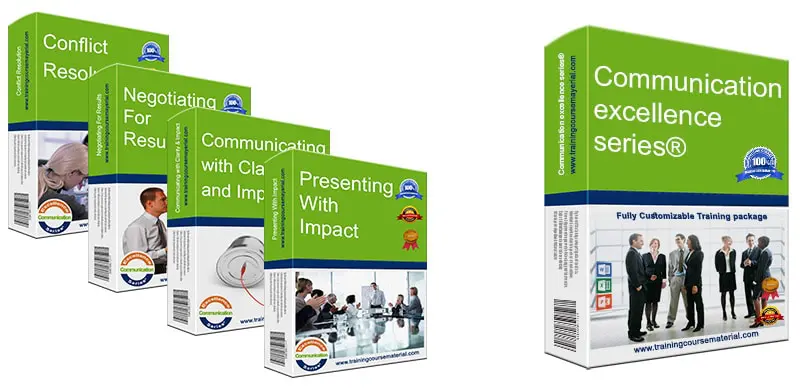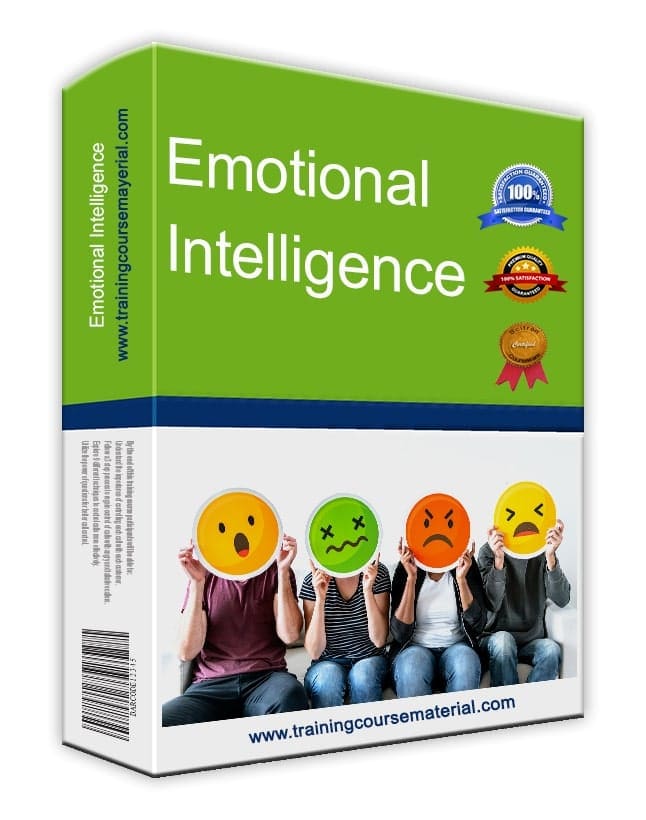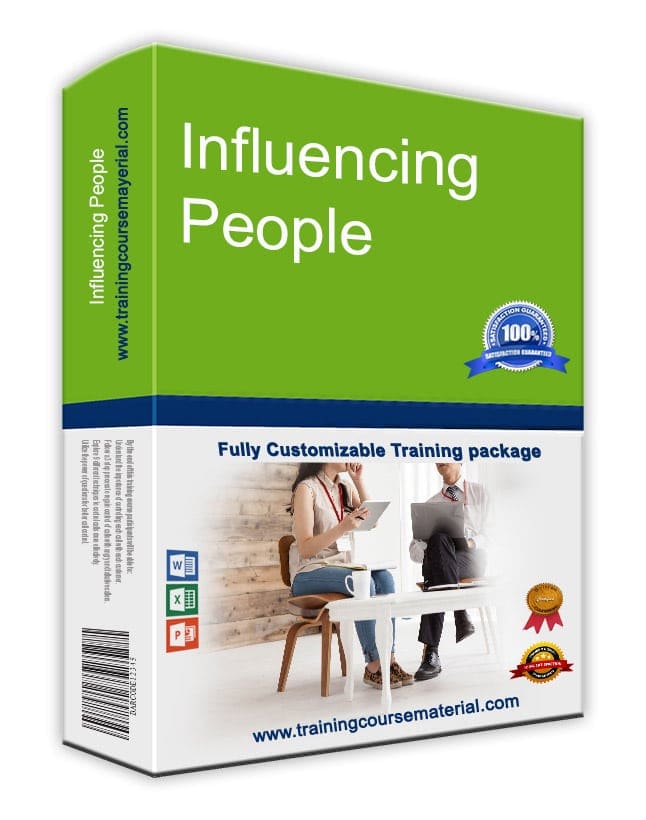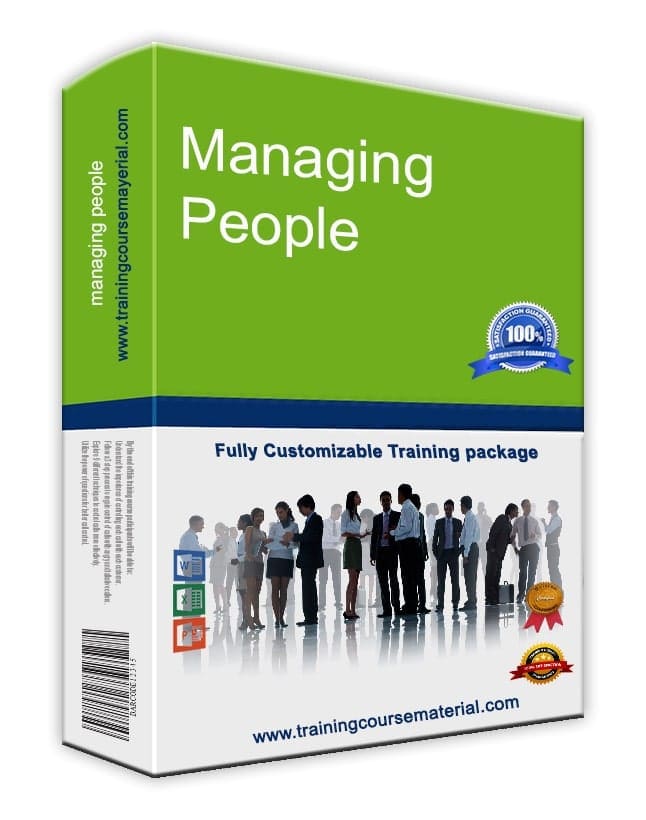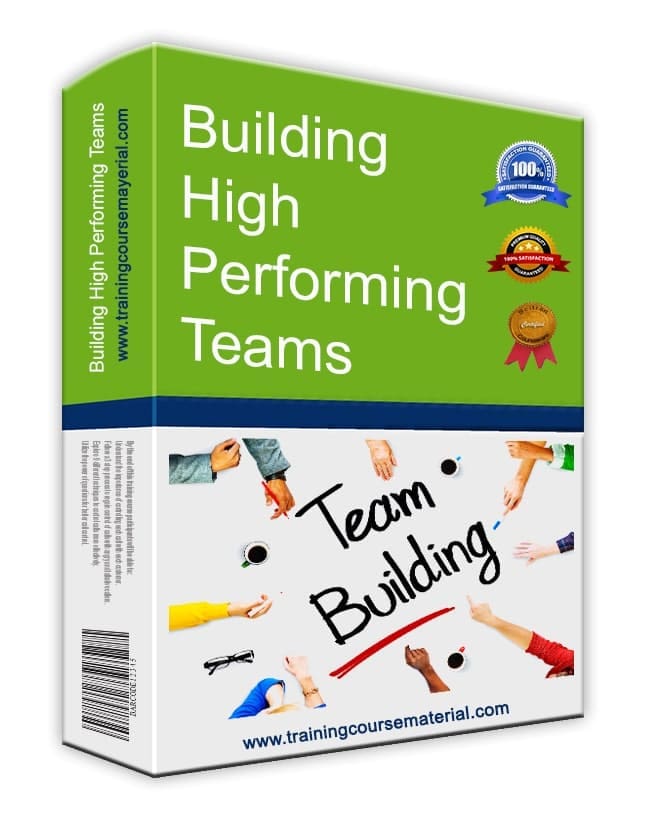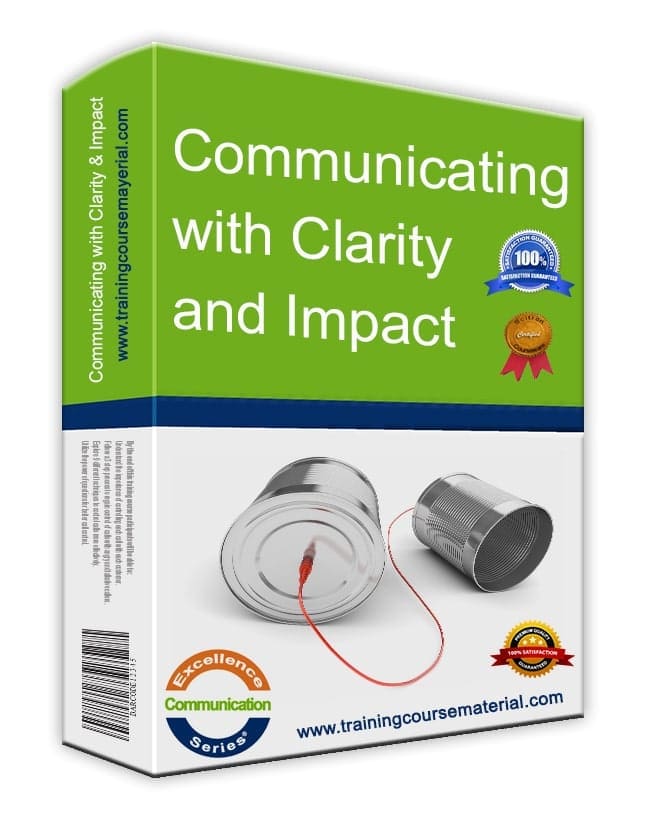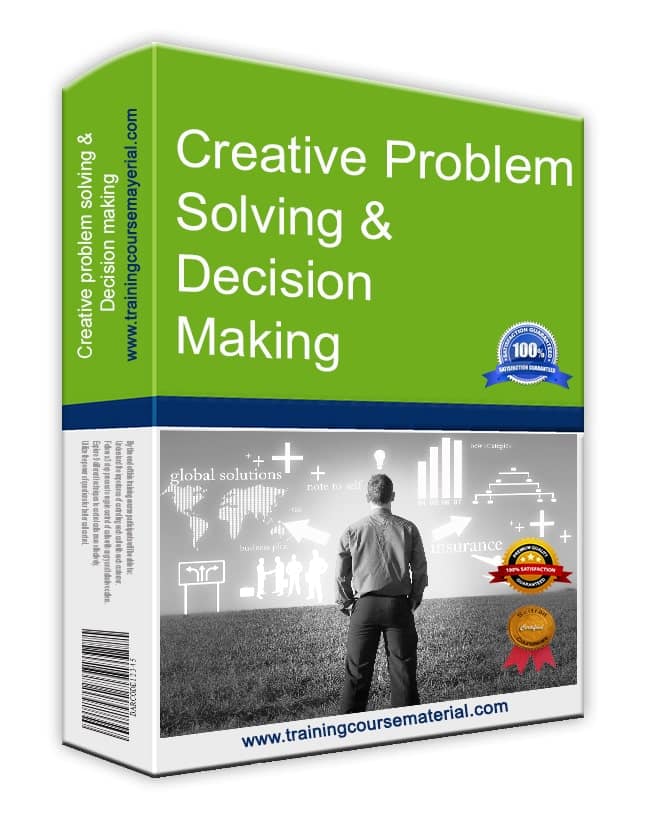MindSwitch – Getting Into the Right State of Mind
MindSwitch is the intentional moment between stimulus and response. It’s the power to pause before reacting—and in that pause, choose a better way forward. Whether someone cuts you off in traffic or a project collapses last-minute, the choice to stay centered is always yours. That’s what SWITCH is: staying present and choosing your response.
React by Choice, Not by Habit
Instead of reacting impulsively, SWITCH helps you shift from survival mode to mindful mode. You move from the back seat to the driver’s seat of your life. You can’t always control what happens, but you can control how you respond. That’s where your power lies.
Studies show that even a brief pause between stimulus and response can significantly reduce emotional reactivity in high-stress situations (Siegel, 2010).
Optimists and Setbacks
Optimists aren’t immune to failure—they just see it differently. Here’s what they tend to believe:
- Failure doesn’t define them; it teaches them.
- They can improve the circumstances next time.
- Setbacks are temporary, not permanent labels.
- They may have lost a sale or missed a promotion, but they haven’t lost their potential.
What Do You Do When Hard Times Hit?
Hard times are unavoidable. What matters is your reaction. Optimists treat failure as feedback. They look for what can be learned and how they’ve grown. Reflective questions like "What did I learn?" or "What will I do differently next time?" shift the narrative from defeat to improvement.
Watch Out for Mental Hyperinflation
When something goes wrong, it’s easy to blow it out of proportion. A minor issue starts to feel like a life crisis. That’s hyperinflation—when your imagination distorts reality. Instead, ground yourself in facts. Ask: Is it really that bad? Or am I just overwhelmed?
Why Bother Thinking Positively?
- You adapt more easily to change.
- You become more likable and connected.
- You build resilience.
- You’re more likely to hit your goals.
- And yes—you tend to live longer, too.
The Gift of Others
Positive thinking isn’t just about self-talk. It shapes how you treat others. When your mindset is constructive, your relationships tend to improve. People feel it. They’re drawn to it. Positivity creates stronger teams, better conversations, and more mutual respect.
How We Use This in Training
We teach the MindSwitch concept in emotional regulation modules. Participants learn how to create space between feeling and reaction. Through real-life examples, visualization exercises, and reframing activities, they build new habits that help them stay present, grounded, and in control.
We also recommend applying tools like the Emotional Intelligence Self-Assessment to help individuals better understand their strengths and growth areas.
Frequently Asked Questions
Isn’t pausing hard when you’re angry or upset?
Yes, and that’s why it’s a skill. The more you practice switching your mindset, the easier it becomes to interrupt automatic reactions and replace them with conscious ones.
Can this really help in professional settings?
Absolutely. Being able to regulate your emotional state helps with decision-making, conflict resolution, and communication—especially under stress.
Is SWITCH the same as mindfulness?
They overlap. Mindfulness helps you stay present. SWITCH builds on that presence and asks, "Now what will you do with it?" It’s the action part of awareness.








